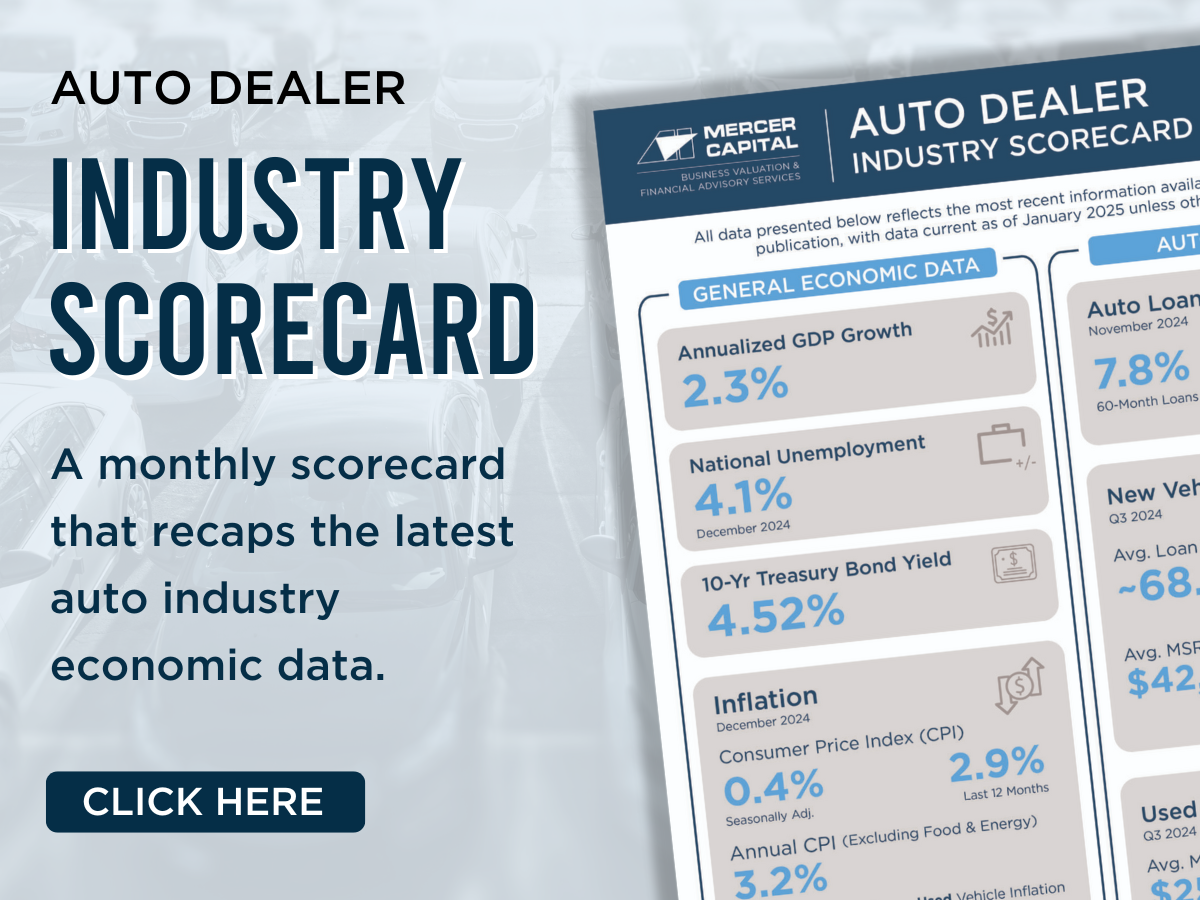Whitepaper: Understand the Value of Your Auto Dealership
If you’ve never had your auto dealership valued, chances are that one day you will. The circumstances giving rise to this valuation might be voluntary (such as a planned buyout of a retiring partner) or involuntary (such as a death, divorce, or partner dispute). When events like these occur, the topic of your auto dealership’s valuation can quickly shift from an afterthought to something of great consequence.
The topic of valuation is of particular importance to owners of auto dealerships due to the complex and unique nature of the industry. In our experience working with auto dealers on valuation issues, the need for a valuation is typically driven by one of three reasons: estate planning, transactions, or litigation.
The situation giving rise to the need for a valuation could be one of the most important events of your professional career. Familiarity with the various contexts in which your dealership might be valued and with the valuation process and methodology itself can be advantageous when the situation arises. To this end, we’ve prepared a whitepaper on the topic of valuing interests in auto dealerships.
In the whitepaper, we describe the situations that may lead to a valuation of your auto dealership, provide an overview of what to expect during the valuation engagement, introduce some of the specific industry information and key valuation parameters that define the context in which an auto dealership is valued, discuss value drivers of an auto dealership, and describe the valuation methods and approaches typically used to value auto dealerships.
If you own an interest in an auto dealership, we encourage you to take a look. While the value of your dealership may not be top of mind today, chances are one day it will be.
Our hope is that this whitepaper will provide you with a leg up towards understanding the valuation process and results, and further that it will foster your thinking about the valuation of your auto dealership and the situations—good and bad—that may give rise to the need for a valuation.
Editor’s Note: This whitepaper was originally published in August 2020.
 Auto Dealer Valuation Insights
Auto Dealer Valuation Insights 









